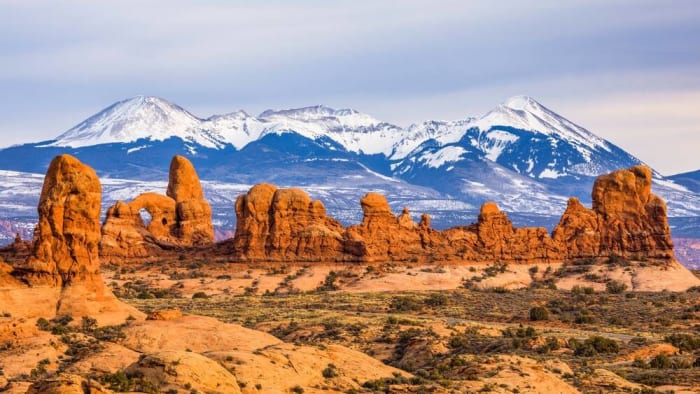x

Shutterstock
20 tips for making your next trip to a U.S. national park even more amazing
With sweeping vistas, stunning wildlife, and rugged landscapes, America's national parks are truly a collection of national wonders. Whether you're visiting your first or are a regular at the country's national parks, planning ahead is the best way to ensure your trip goes off without a hitch.
Flip through the slideshow for 20 ways to ensure that your trip to a U.S. national park is great, from planning your route in advance to making sure you bring the right supplies and why it's really important to pay attention to those safety rules.
More must-reads:
- Dodgers manager speaks out after two-time All-Star goes down with injury
- Astros closer diagnosed with shoulder capsule sprain
- The 'Season rushing TD leaders by NFL team' quiz
Breaking News
Trending News
Customize Your Newsletter
 +
+
Get the latest news and rumors, customized to your favorite sports and teams. Emailed daily. Always free!




























